
If honeybees have just moved in, you may be able to do a trap-out. This involves
the design and construction of a device that allows bees to leave wherever they
have settled, but not return. Location permitting, sometimes a new colony box
may be placed nearby to capture the bees that leave. A trap-out device is left in
place for a period of time to allow all the bees to leave. Once all the bees have
left the device is removed.
If you have a location where bees have been scouting for a new location but have not settled yet, you may need an exclusion device. This is also designed and constructed on site to suit your needs. Exclusion devices stay in place, much like the screening over your house’s vents. These are frequently used to keep bees out of your chimney.
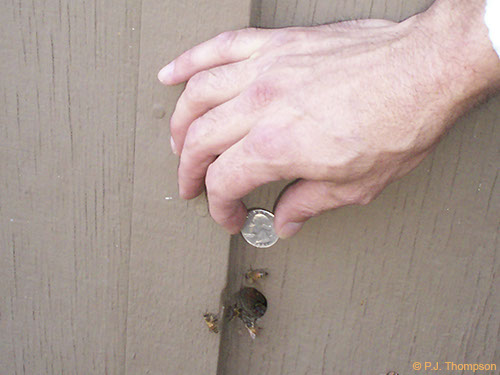
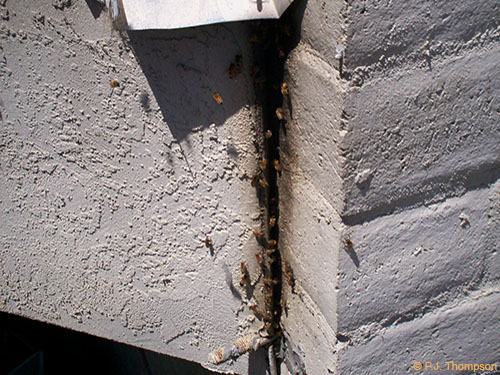
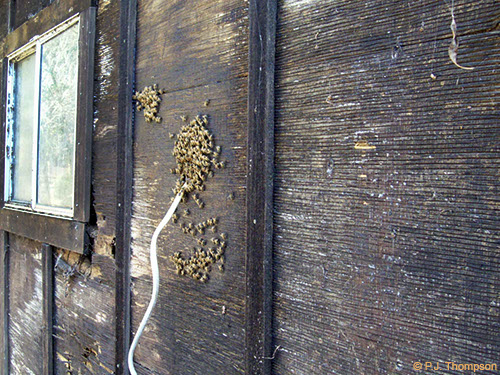
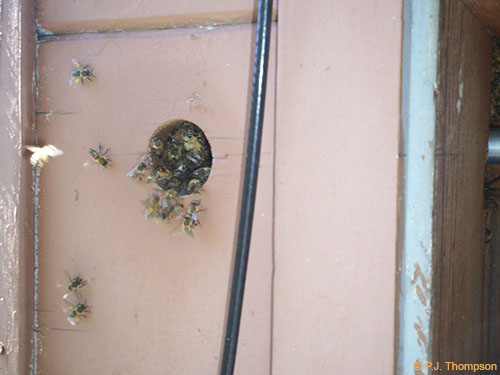
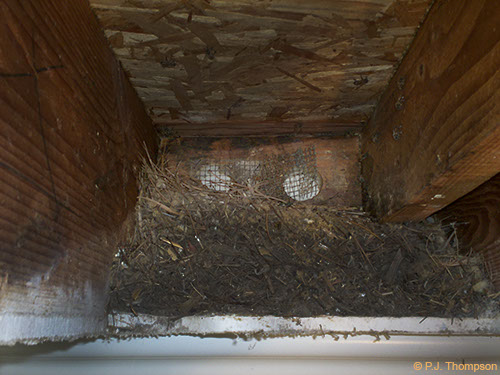
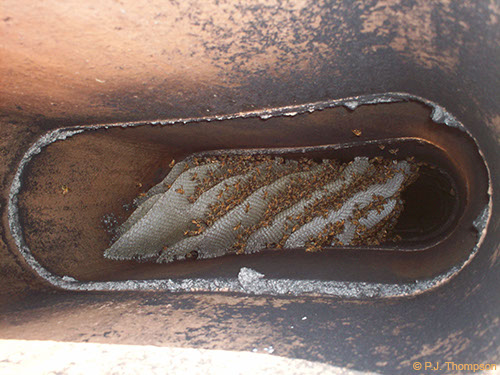
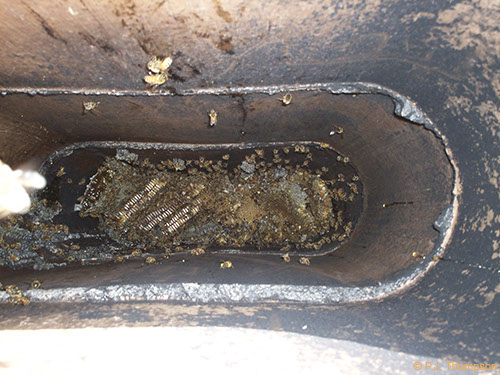
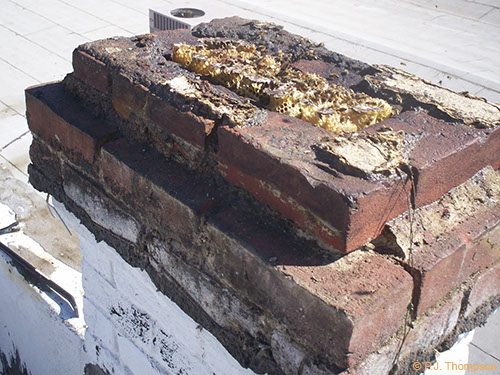
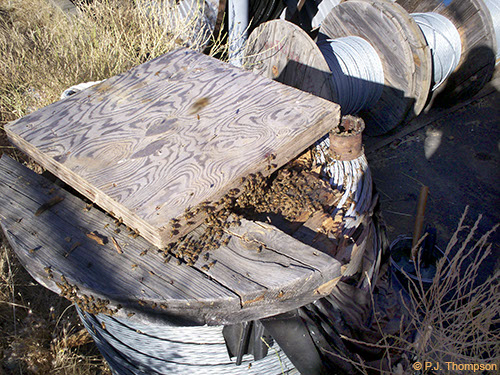
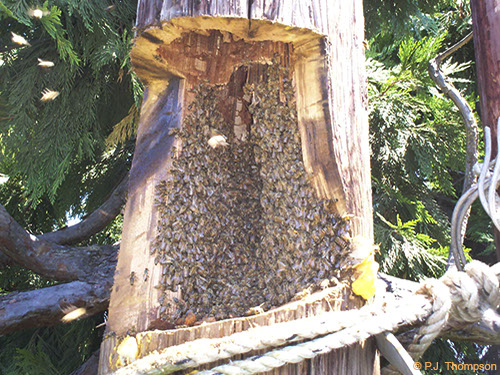
Bees can come in through small holes.
Bees use small cracks in masonry to get in walls.
Unsealed cable holes in exeriors can let bees in.
Holes in exterior walls make good bee entries.
Loose screens over house vents can let bees in.
New comb and bees in a chimney.
Third layer of comb and bees in chimney.
Chimney completely filled with bees and comb.
Bees in cable reel.
Bees in telephone pole.
1 - 1
<
>
© 2017 Bee Removal Guys
Web design by P.J. Thompson
All artwork and photographs © 2017 P.J. Thompson




